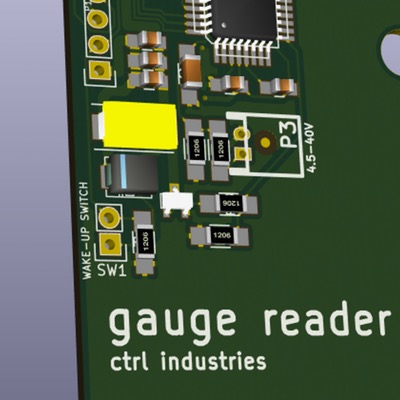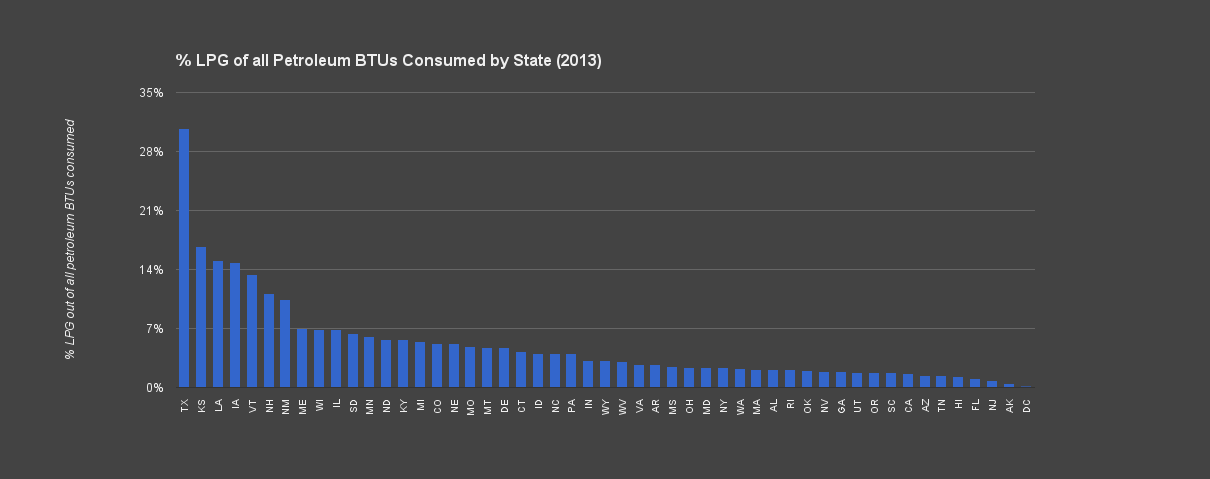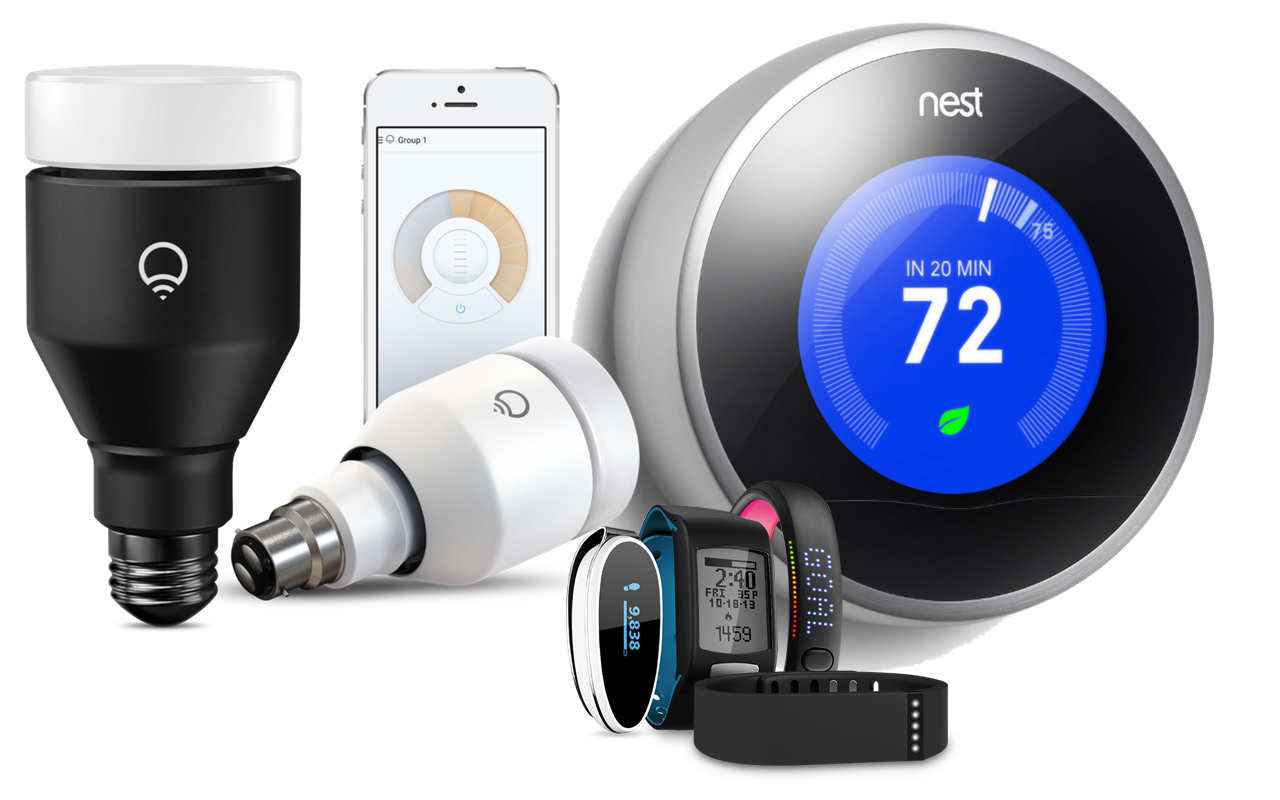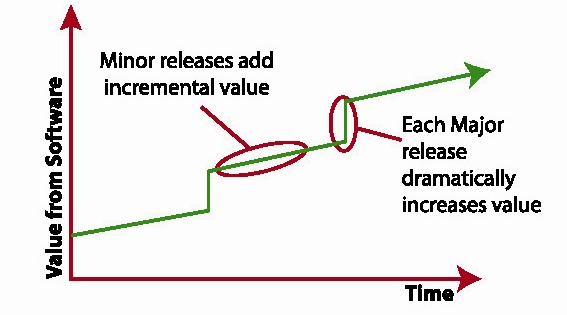Bring combined sensor and SaaS technology to industries that have been slow
to benefit from the rapid pace of technology innovation over the past
decade.
“Analog” industries such as Agriculture, Forestry, Fishing, Construction,
Trucking, Manufacturing, Oil and Gas, and many others are yet to fully benefit
from technological innovation in the way that information-based and
service-based industries have. These “analog” industries require physical
hardware to interface with the software world. But hardware development is
expensive, complex, and iteration takes too long compared to software
development.
But now hardware development is changing. Prototyping cycles have shortened,
electronic components can be ordered in small quantities quickly and cost
effectively, and there has been a surge in simple-to-program microcontrollers.
The production cost for a simple wireless sensor device can be less than $25,
and hardware development time can be reduced from a year to months or even
weeks! The plethora of Internet-of-Things consumer devices is one result of
these changes (fitness trackers,
wifi-connected light bulbs, smart refrigerators). However the path to
profit for Internet-of-Things consumer devices is not very clear. Are people
really willing to pay a monthly service fee to monitor their refrigerator? Or
install a new phone app for every device in their house?
On the other hand, there is a clear value proposition for Internet-of-Things
innovations for businesses, and more specifically, “analog” businesses.
Internet-of-Things devices and services can help them respond to customer
service problems faster, mitigate business risks, reduce labor expenses, reduce
energy expenses, improve coordination with suppliers, and improve understanding
of equipment health. The list goes on and on.
















